Have you ever wondered about the difference between a sheep and a lamb? Odds are you see a fluffy white animal with a wool coat around it, and you call it either a sheep or a lamb. A lot of people use the term interchangeably without really knowing what the difference is.
Are a sheep and a lamb the same thing? Yes and no. They’re both names for the same animal. The difference between the two is that a lamb is a young sheep. During their first year of life, sheep are called lambs. Once they are over one year old, then they become sheep.
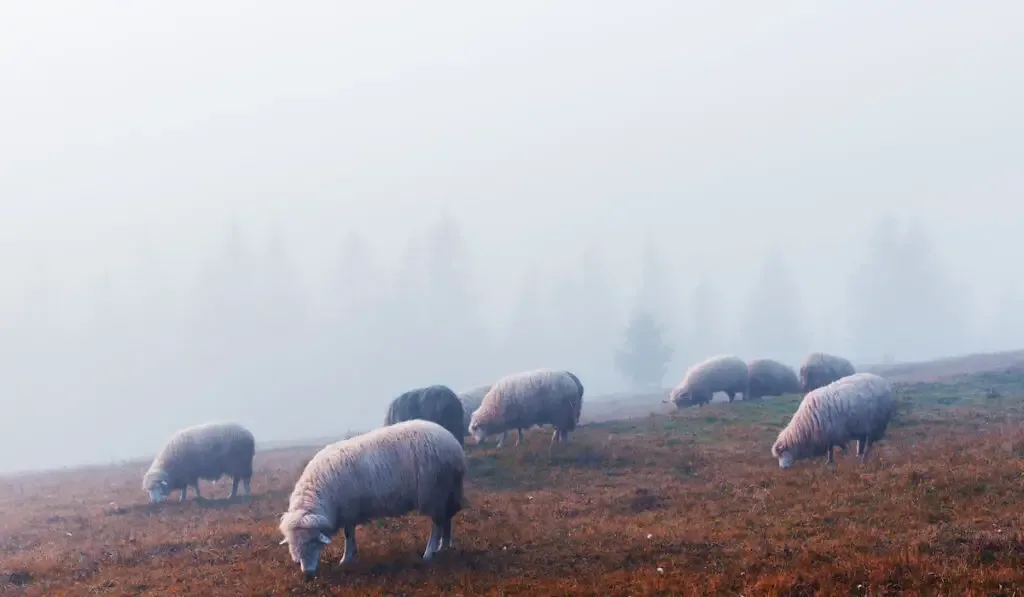
This can be a bit confusing because most people don’t interact with sheep or lambs regularly. When you’re not in contact with something all that often, it can be hard to remember the proper naming conventions.
Did you know, for example, that male donkeys are called jacks and female donkeys are called jennets? There are a lot of names used in the animal kingdom to refer to gender and age.
We’ve put together some helpful information on sheep vs. lamb to help you understand why they’re called different names at different ages.
Lamb vs. Sheep vs. Mutton
The truth is, you can see a sheep of any age and call it a sheep.
It’s a singular and plural term, so it can be a bit confusing at times. Baby sheep are just that, and older sheep are always sheep.
With sheep, there are also terms to help differentiate between genders. Female sheep are called ewes and male sheep are called rams.
Lamb, as we’ve pointed out, refers to a young sheep. They are under one year old and are still considered baby sheep.
Why the difference in naming? A few reasons:
- Shearing age – If you call a sheep a “lamb”, it can infer that they aren’t yet of shearing age. They’re still young and growing in size. Their wool coat is still developing.
- Level of Care – The term lamb also helps potential buyers know that the sheep are younger and thus may be more vulnerable to disease, cold weather, etc., so they will pay more attention while giving care. Older sheep are much more durable and can be left to their own devices generally speaking.
- Harvesting Meat – Young sheep, or lambs, are known for having tender meat that tastes a lot better than the meat of older sheep. Older sheep meat is called mutton. There is a reason you don’t see mutton in grocery stores that often. It’s tougher and harder to cook with. Lamb is by far the preferred meat.
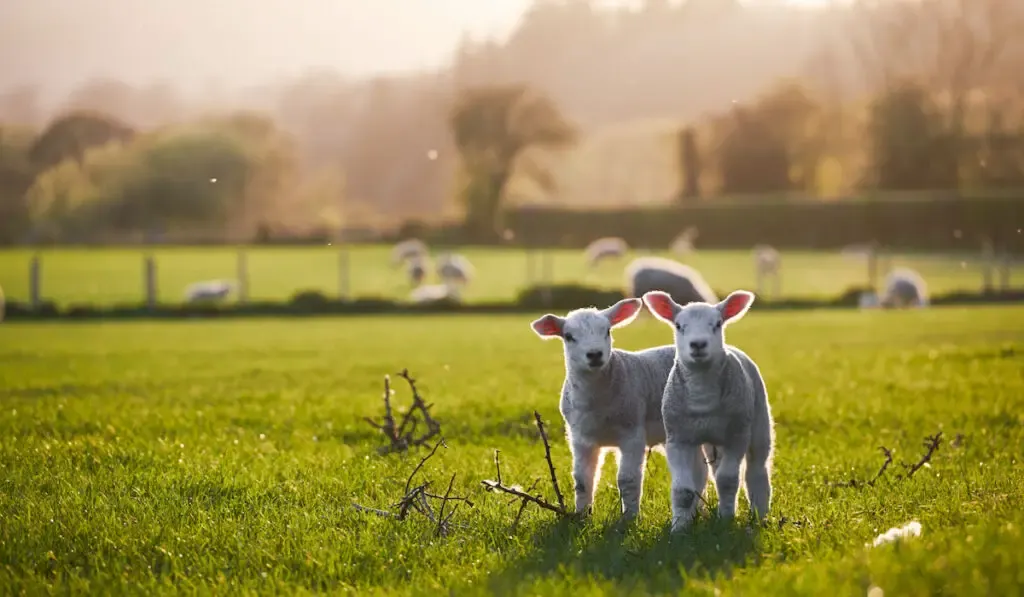
What Is a Lamb?
Now that we know that a lamb is simply a sheep that’s younger than one year old, let’s explore some interesting facts about these animals.
Typically, lambs will have only two teeth in their first year of life. As a result, they’ll have more detailed dietary requirements.
Looking in a sheep’s mouth is a great way to tell how old a sheep is. If there are two or fewer teeth, you’re dealing with a lamb.
Lambs will also be, as you might expect, smaller than sheep. They haven’t lived long enough to grow to their full size.
They’ll have longer legs and a skinnier frame than adult sheep.
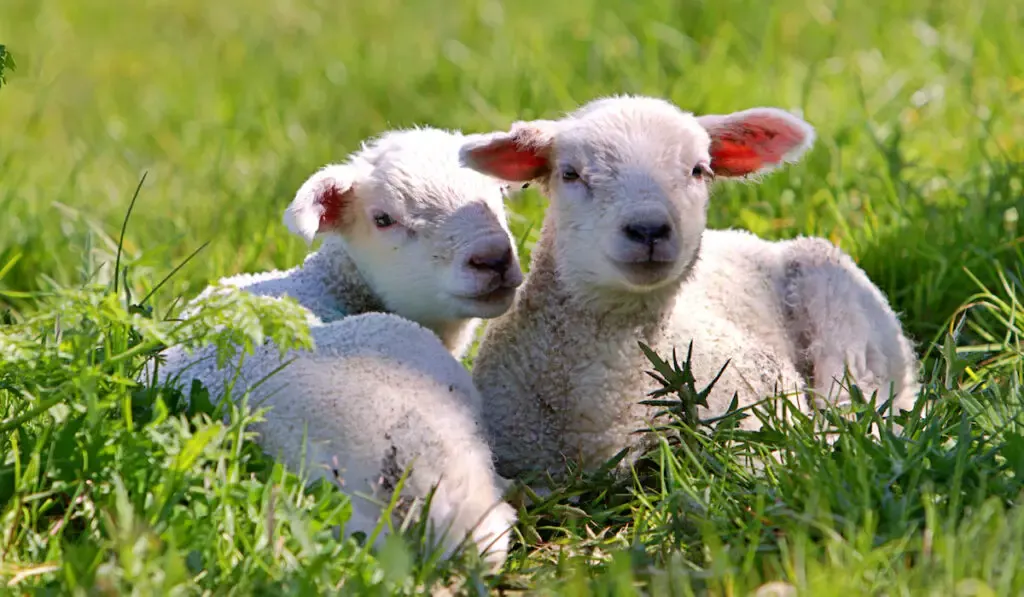
What Is a Sheep?
Sheep, as you know by now, are adult lambs. Sheep now have a full set of eight teeth and have thicker coats and body frames. They look more balanced and sure on their feet and they are squarely in reproduction age.
People raise sheep for their wool that goes into a wide variety of products we use including clothing, blankets, furniture, etc.
High-grade sheep wool, like Merino wool, is a prized product that’s valuable and commands higher prices on the market. These days, the wool market has become very specialized, so you’ll see certain types of wool marketed in different products.
Some parts of the world also enjoy eating mutton, though lamb meat is way more popular. Mutton takes longer to cook to make tender, but there are a lot of cultures that enjoy eating mutton in stews and pies.
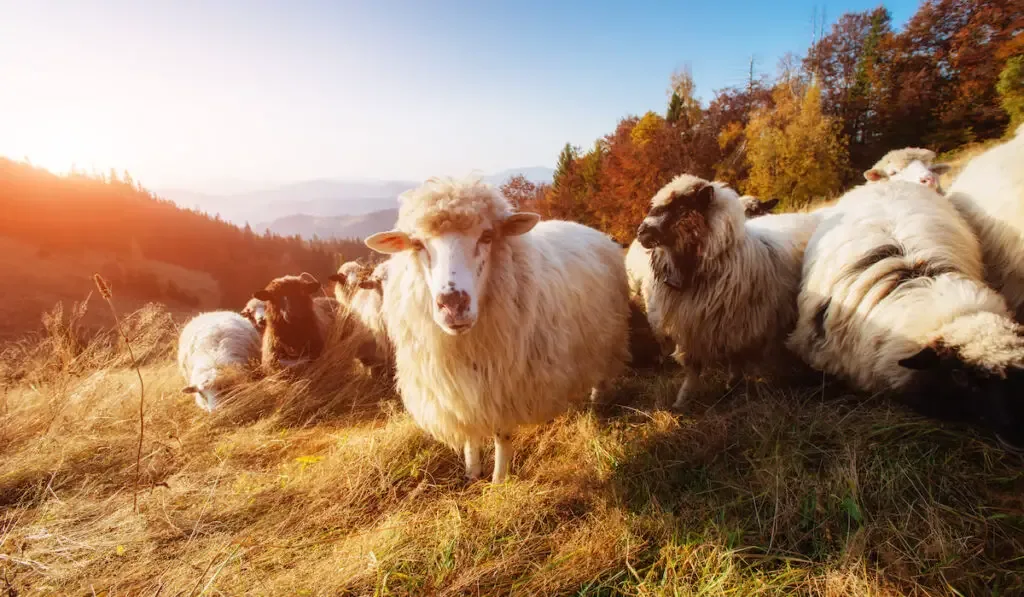
Why Do People Prefer Lamb Over Sheep?
We’ve mentioned this before, but one of the reasons people eat lamb is that the meat tastes much better. Young sheep haven’t spent years walking around fields and eating tough grass.
Their meat is a lot more tender and the flavor is more palatable. Lamb is prepared in a variety of ways.
Lamb chops are very popular. People grill lamb outside or bake it in the oven.
In other parts of the world, lamb is a key component in large casseroles with rice and vegetables that are baked for hours in clay pots. In many places, it’s customary to gift a lamb or slaughter a lamb for large events like weddings.
In places where lamb is highly sought-after meat, things get even more detailed. You can buy lamb that is unweaned, meaning it’s still drinking its mother’s milk. People enjoy what they think is a creamier, richer flavor in the meat.
For many, it’s a delicious meal they eat traditionally for the Easter holiday. Typically, though, the lamb we eat from butchers and groceries stores comes from sheep that are between 6-12 months.
Several other animals are eaten young. Veal, for example, is the meat of young cows. It’s prized meat for the same reasons people like to eat lamb.
It’s tender and has a different flavor than your average steak. The chickens we eat in stores are also usually young.
If you’ve ever eaten lamb, then you know the flavor difference. It’s got a bit of a gamey flavor that some people love and some hate. Mutton just takes things to a higher level. The flavor is a lot stronger, and the meat is tougher.
Mutton, though, is popular in places where they’ve been eating it for hundreds or thousands of years. The flavors become part of the food.
If you think about times you’ve traveled to other countries or even just eaten at a friend’s house, people’s taste preferences change based on the foods that they are accustomed to eating.
If you ask anyone from a place that eats mutton, they’ll likely tell you that they love having it. They think it’s delicious, and have found ways to pair it with other ingredients or cook it long enough so the meat is tender and juicy.
People have traditionally eaten mutton because waiting for the lamb to grow larger gives them more wool and more meat. It usually makes more economic sense for them to wait until the sheep reaches a certain age until they harvest the meat.
Mutton normally has a much deeper red color to the meat than lamb meat. Its flavor is also a lot stronger, which is why it’s often highly-seasoned and cooked for a long time to get some of the gaminess out of it.
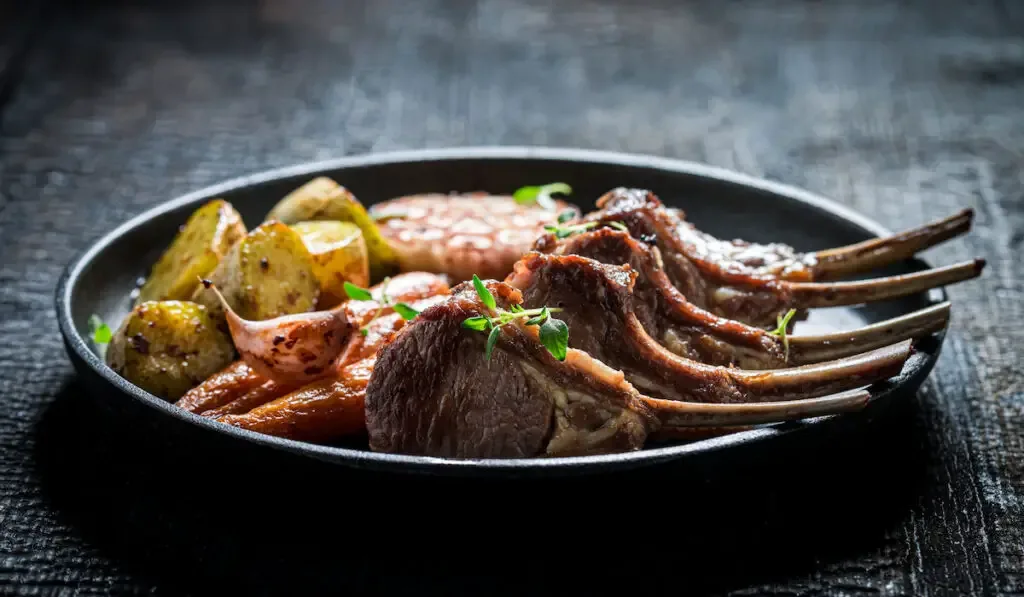
Conclusion
Knowing the difference between lamb and sheep isn’t a big deal for most people.
If you’re thinking about buying some new animals or want to give some new recipes a try, though, you’ll want to know what you’re getting so that you know exactly how to prepare it.

